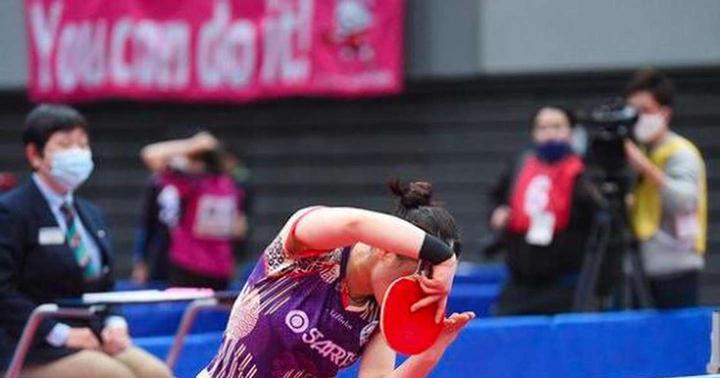Table Tennis Serving Rules and Their Impact on Sport Development
The controversial issue of serve hiding in table tennis sparks debate about competitive integrity, enforcement standards, and the sport’s future. This article analyzes the technical, regulatory, and psychological aspects shaping modern table tennis.

The debate over serve hiding in table tennis reflects deeper tensions within this Olympic sport. At its core, table tennis is a sport that demands intelligence, skill, and physical prowess, with the serve being a critical technical element incorporating speed, spin, power, trajectory, and placement.
The current controversy stems from a fundamental challenge: while spectators can often spot illegal serves from their vantage point, officials face significant difficulties in making these calls consistently from their position. This creates a complex dynamic where players must balance competitive advantage against rule compliance.
The evolution of serving regulations in table tennis has a significant history. In 2001, the International Table Tennis Federation (ITTF) implemented stricter serving rules to enhance the sport’s watchability. However, the first penalty under these new regulations didn’t occur until 2003, suggesting a period of adjustment and interpretation.
This enforcement pattern reveals several key issues. First, the judgment criteria remain subjective, with officials often hesitating to make controversial calls that could impact their careers. Second, the psychological impact of receiving a service fault penalty can be devastating for players, as demonstrated in high-profile cases like Ding Ning’s experience at the 2012 Olympics, where three service faults severely affected her performance.
The challenge extends beyond individual matches to impact the sport’s development. Modern table tennis in China (where the sport enjoys massive popularity) and globally faces a crucial decision point: maintain strict adherence to serving regulations at the risk of reducing competitive dynamics, or find a balanced approach that preserves both rule integrity and exciting play.
Players at the highest level must navigate these challenges while maintaining their competitive edge. The most successful athletes have developed serving techniques that push the boundaries of legality while minimizing the risk of penalties. This technical sophistication demonstrates both the evolution of the sport and the ongoing tension between rules and competitive advantage.
The solution may lie in technological innovation. Just as soccer has embraced VAR (Video Assistant Referee) technology, table tennis could benefit from electronic monitoring systems to assist officials in making more accurate service calls. This would provide greater consistency in enforcement while preserving the technical sophistication that makes the sport compelling.
The economic implications cannot be ignored. Television rights, ticket sales, and sponsorships all depend on maintaining table tennis as an exciting spectator sport. Finding the right balance between strict rule enforcement and entertaining play remains crucial for the sport’s commercial viability.
For the sport to thrive, it must address these serving regulations in a way that satisfies multiple stakeholders: players seeking competitive advantage, officials requiring clear guidelines, spectators demanding entertaining matches, and governing bodies protecting the sport’s integrity. The resolution of this debate will significantly influence table tennis’s future as both a competitive sport and a global entertainment product.